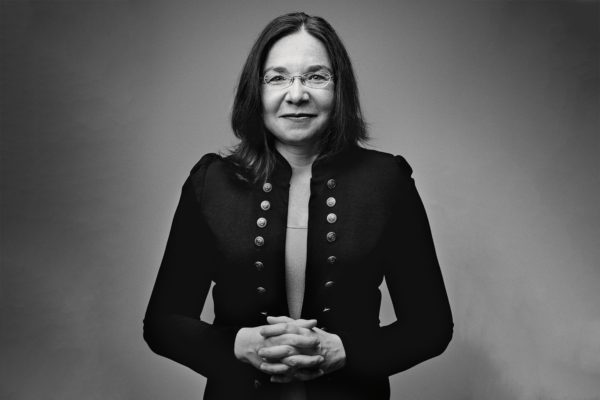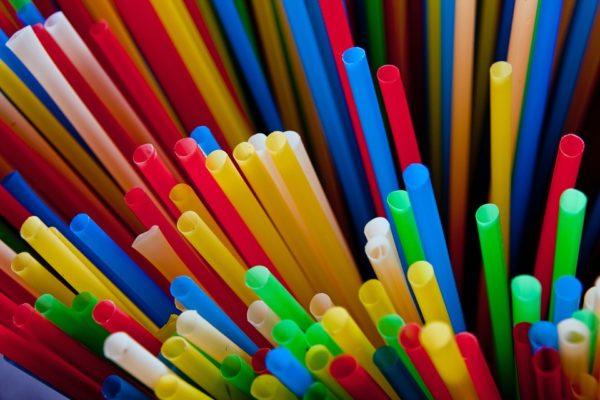There has lately been enormous growth in many company’s product development when it comes to “green living.” Fast food chains are going meatless, beauty companies are launching eco-minded options, and candy companies are trying to eliminate damaging processes in their product line. The Shelton Group has been regularly polling Americans for the last 12 years, and charting how these changes have come about.
They’ve discovered that it is mostly millennials driving the push for companies to go green, but only if they “trust a company’s social and environmental practices.” The top three most trusted companies were Patagonia, Whole Foods, and Tesla.
Continue reading... →








